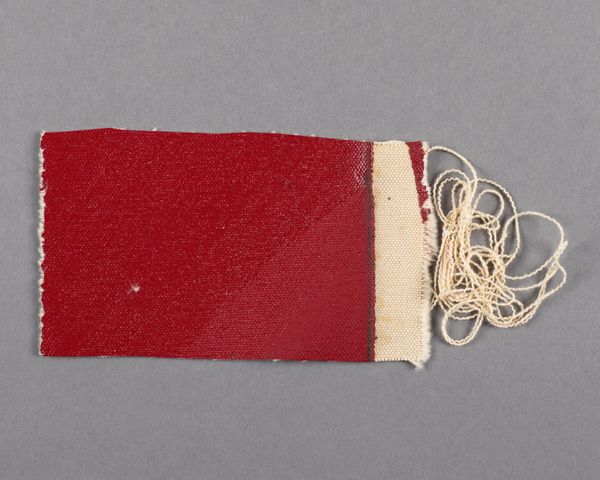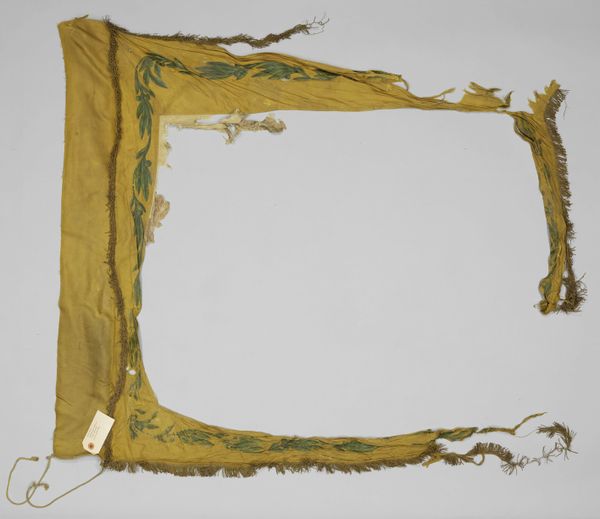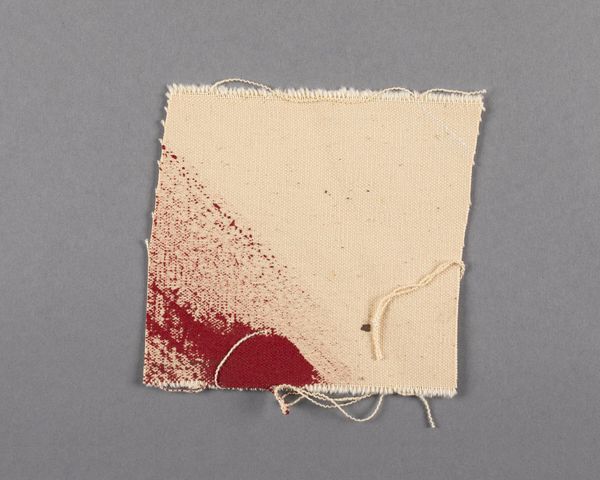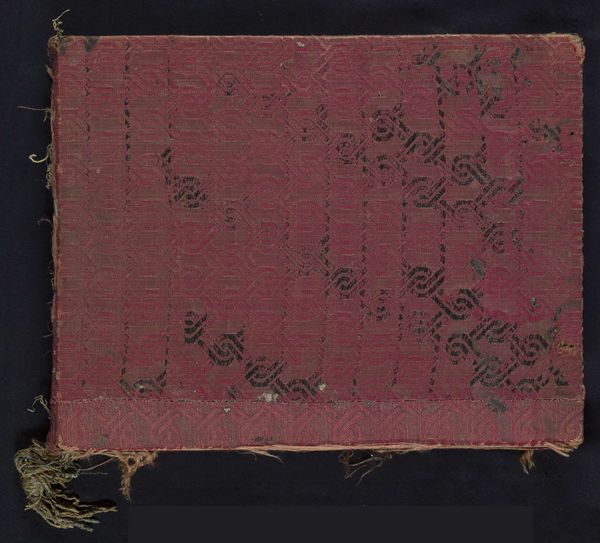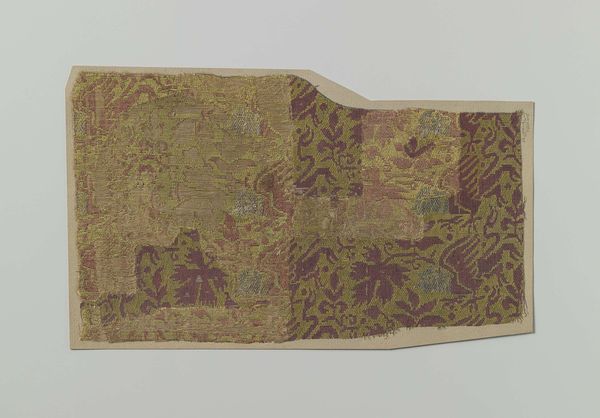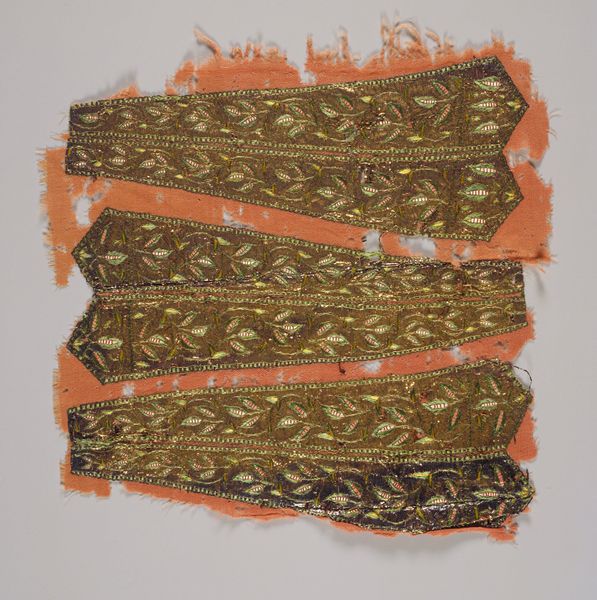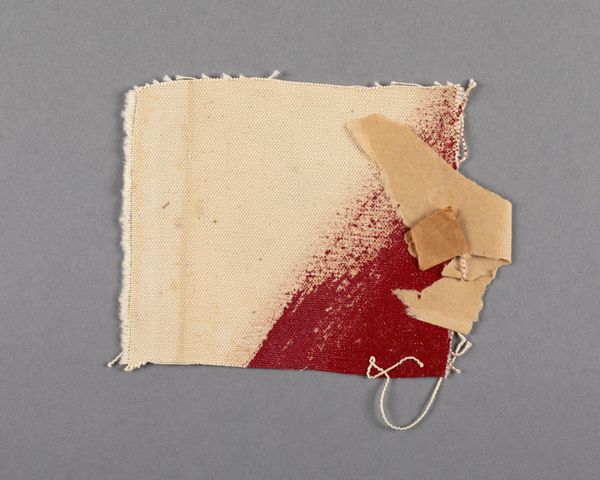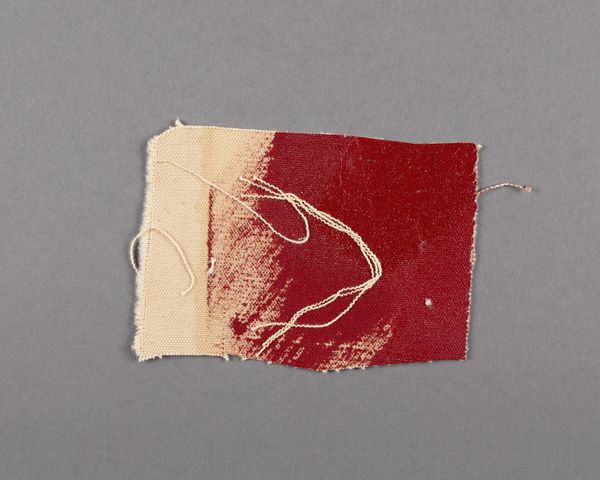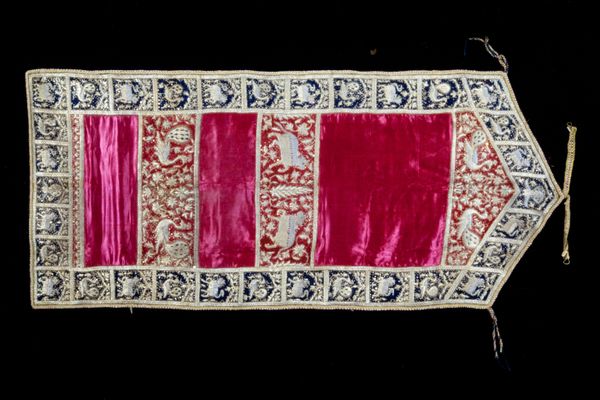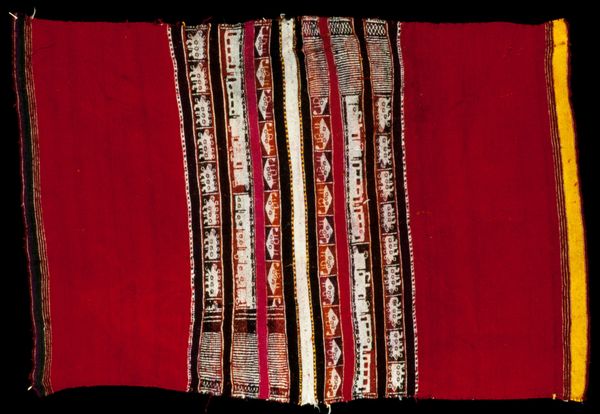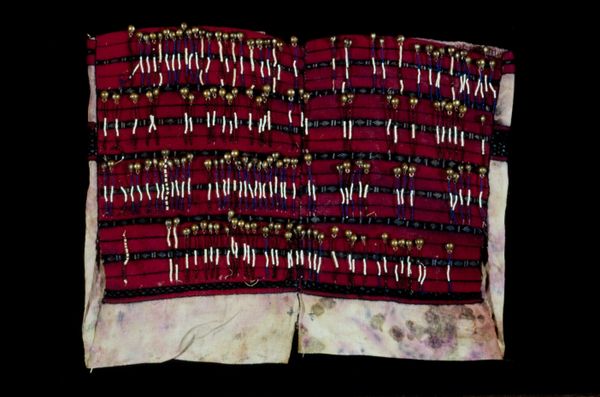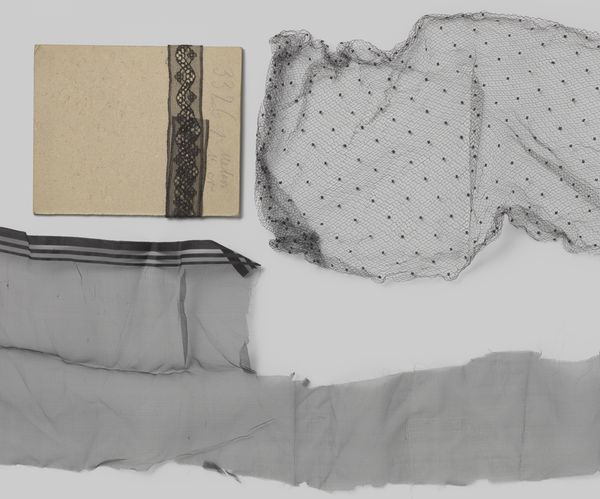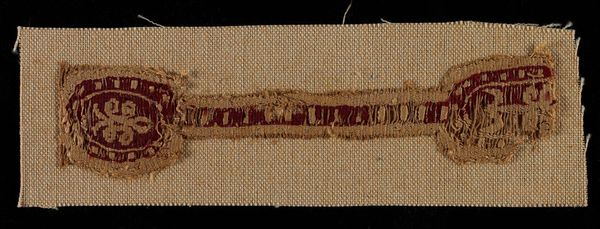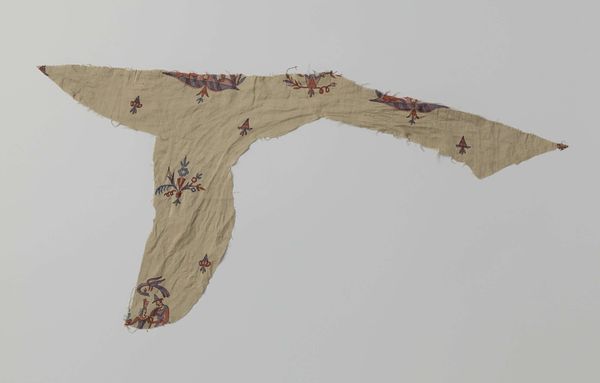
Dimensions: height 24 cm, width 36 cm
Copyright: Rijks Museum: Open Domain
This lampas with a turtledove pattern was made by Philippe de Lasalle sometime in the 18th century. Lampas is a weaving technique using many layers of silk, built up to create complex patterns and textures. Just look at the surface of this fabric. Notice how the woven structure allows for intricate details, and how the pattern emerges from the interplay of different colored threads, carefully placed. Lasalle was one of the most celebrated silk designers of his day, and this fragment shows why. The production of such a textile was immensely labor-intensive, demanding sophisticated looms and highly skilled weavers. The pattern itself, turtledoves amidst foliage, speaks to the refined tastes of the 18th-century elite, who sought luxury goods like this to adorn their homes and clothing. Lampas was the ultimate signifier of wealth and status, reflecting a complex web of trade, labor, and consumption. Paying close attention to materials and making helps us appreciate the social and cultural significance of objects like this, blurring the boundaries between art and craft.
Comments
No comments
Be the first to comment and join the conversation on the ultimate creative platform.
